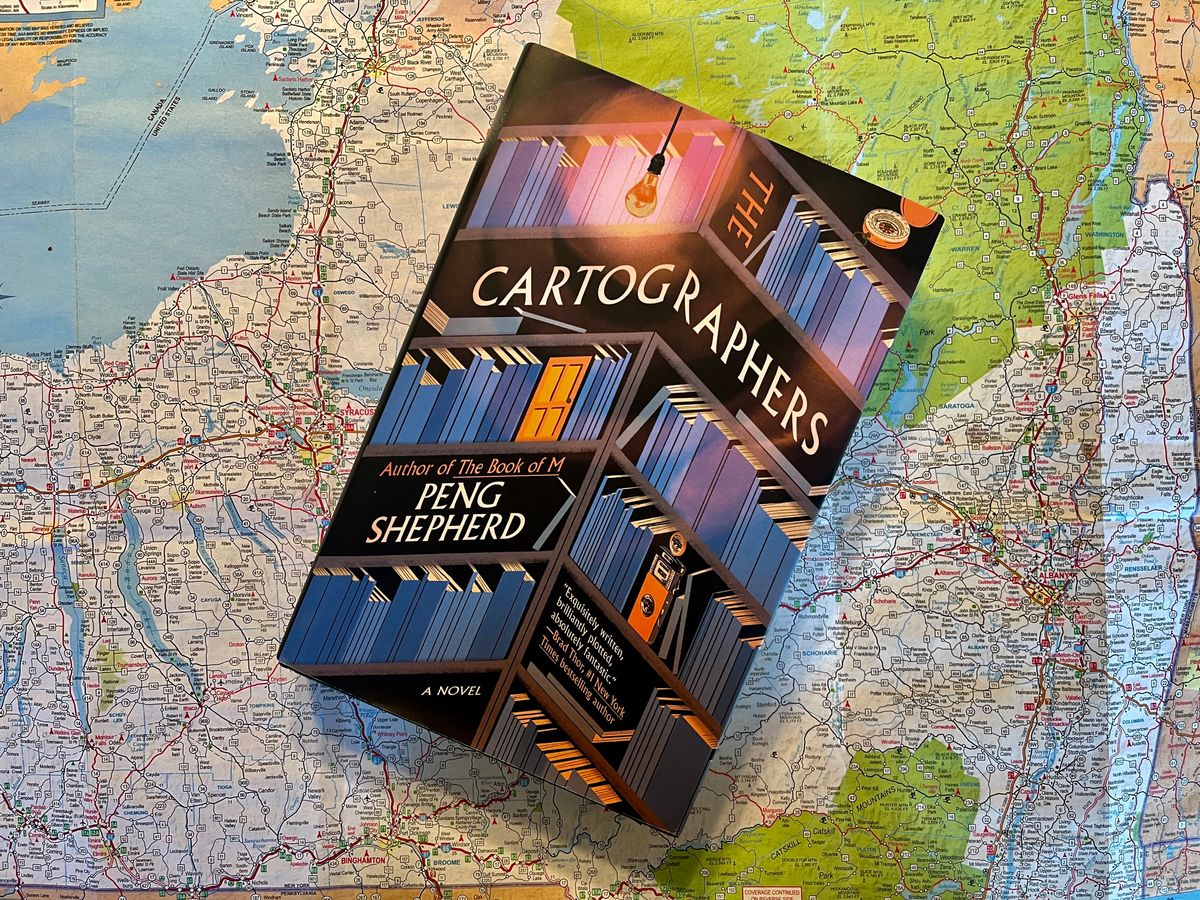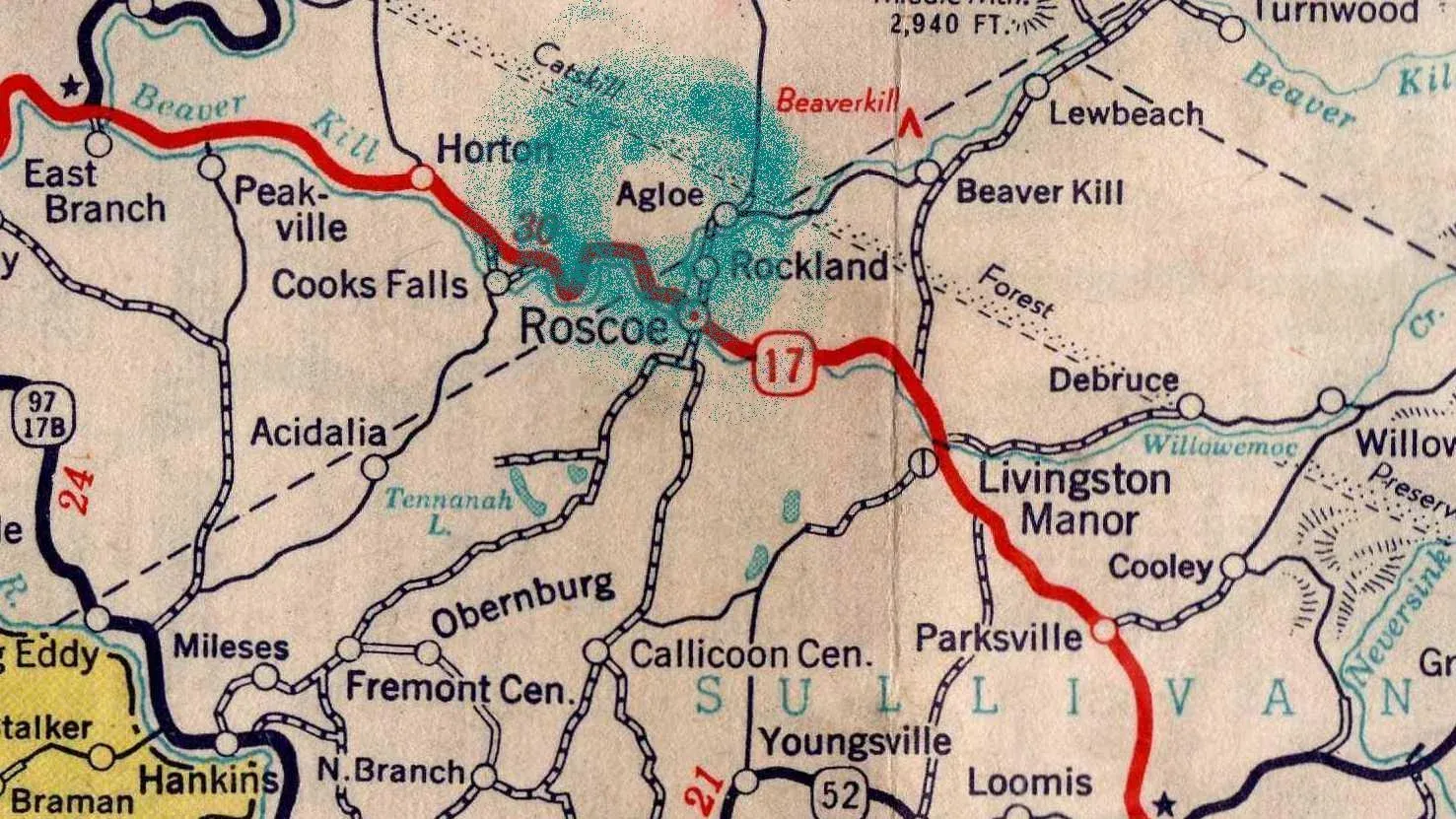Mapping reality
Peng Shepherd’s novel The Cartographers is a brilliant work of fantasy

There was a neat story that made the rounds of various online news sites a bunch of years ago: phantom settlements. In the 1930s, as cars grew in popularity, road maps became an essential tool, and a whole bunch of companies sprang up to meet that sudden demand.
They're easy to overlook, but road maps are deceptively complicated objects: cartographers needed to make sure that the names and routes were accurate, often an expensive and time-consuming endeavor, one that was sometimes undercut by pirates who simply copied the details down before releasing their own maps.
To combat this, mapping companies would place copyright traps in their work: small, deliberate errors that would definitively show that any other versions with that feature was a copy. One company, General Drafting Co. placed such a trap in their map of New York: a small town called Agloe.

When a rival, Rand McNally, included Algoe in their own map, General Drafting confronted them. The fictional town's inclusion was proof that they'd been copied, right? The truth is a bit stranger, because Rand McNally insisted that the town did exist, and indeed, when the cartographers of General Drafting checked it out, they found that Agloe, a town that they'd made up, had appeared. As it turned out, the area's residents had seen the spot on the map, figured that the town existed, and ended up setting up a couple of buildings. It's a neat example of fiction becoming reality.
Peng Shepherd's novel The Cartographers takes this idea and puts a fantastical twist on it: it's a story that centers those magical qualities of maps at the heart of the action. The novel follows the story of Nell Young, a woman who once had a promising career as a cartographer with the New York Public Library before an argument with her father, a titan of the field, over what appeared to be a cheap, gas station map led to her firing and exile from academia.
Spoilers ahead.
She's rightfully bitter, but when her father is found dead in his office, she discovers that he had held onto that cheap map, and begins to investigate the story behind his murder. What follows is a desperate race as Nell learns more about the map in question, and her parents' role in keeping it hidden. As it turns out, the map is one of only a handful in existence, and some powerful people are trying to get their hands on it, because it has that copyright trap, Algoe, included in it.
Something that has particularly fascinated me is the idea of how speech, belief, and text serve as a sort of magic (this line of thinking was the basis of a short story that I wrote for the newsletter a while ago, "Letters of Transit"): they're intangible things that leave a tangible result on the real world. Take a passport: it's a document that allows you to cross an imaginary line on the ground. Entire wars have been fought over the placement of these lines in places all across the world, arbitrary boundaries that don't necessarily correlate with the reality of the area.
In the novel, Shepherd imagines what might happen if that placement of a copyright trap might lead to a new making of reality, and as Nell eventually finds out, it's an earthshattering discovery on the part of her parents and their close-knit group of friends that leads to her father's murder, decades later.
There's a lot of material and implications to unwind with a topic like this: the limits and possibilities that this sort of magic might mean, but Shepherd keeps the book firmly grounded in the relationships between its characters. Nell and her friends are trying to figure out what happened to her father and his obsession with this seemingly useless map, all while staying two steps ahead of the people after it, while also flashing back to the story of her parents, and the tragedy that leads to Nell's current problems.
Genre fiction is littered with stories where an author has stumbled on a neat idea or technological application, but ends up becoming too enamored of said idea, and spends too much time weighing its potential, limitations, or uses, at the expense of characters and their relationships, and the story suffers. Shepherd neatly avoids this, putting the complicated dynamics of a closed-knit group of friends front and center as they discover this anomaly in the fabric of reality.
A good story rests on the decisions that its actors make, and the ability of the author's understanding of the ramifications of those stories helps differentiate a good story from a great one. People are impulsive, rash, thoughtful, emotional, and no two arrive at the same conclusions in exactly the same way, and their set of actions and reactions drive the narrative.
This book is a good example of this in two ways: first, following the thread of decisions that Nell's parents and their friends have made that sets up the narrative, leaving consequences for everyone decades down the road, an unresolved problem that rears its head when nobody is looking. Secondly, we follow Nell as she tries to not only figure out what motivated her parents all those years ago, but figure out the contours of the situation that she's in, working off of half a picture. Both threads come together in a compelling way, eventually diverging into a tense ending that resolves problems that Nell's parents should have addressed all those years ago.